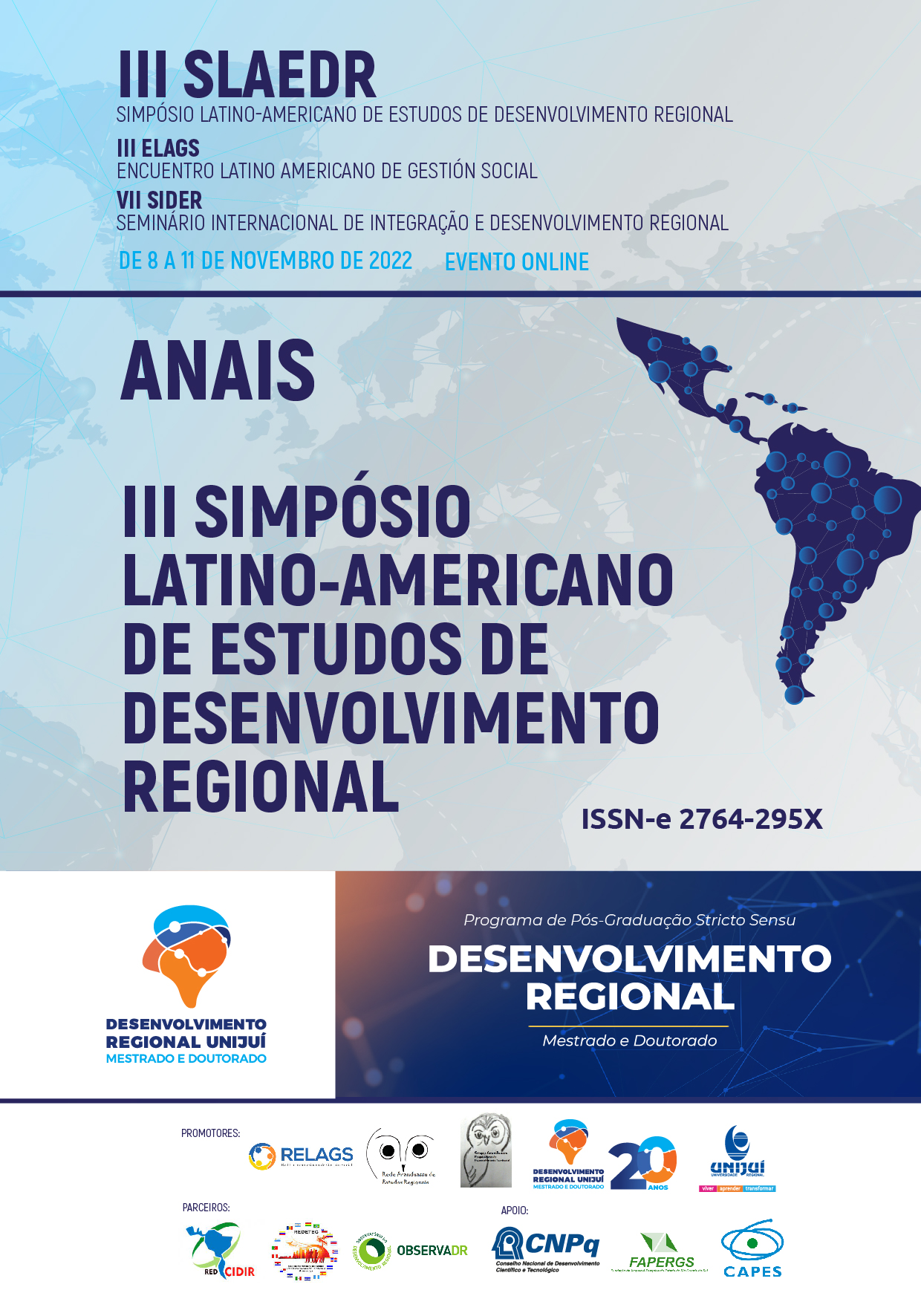ECONOMIC HISTORY OF THE RUBBER CYCLE:
REFLECTIONS ON ACRE VALLEY TERRITORY
Keywords:
Economic History, Acre Valley, RubberAbstract
This article aims to reflect on the Western Amazon , punctually under the Acre Valley , approaching its historical importance, verifying the respective associations with the economic history of Brazil and the conflicts and power relations in public arenas. It thus passes through the historical context of Brazil, Acre, Vale do Acre and their historical links. As for its methodology, this document, which is governed by a bibliographic review, seeks to present the historical relevance for the region and for Brazil of the extraction of latex in the periods mentioned in the article. One of these power relations - the rubber cycle, was a moment in the history of Brazil, related to the extraction of latex from the rubber tree and its commercialization, which had its center in the Amazon region, and provided expansion of colonization, attraction of wealth, cultural, social and architectural transformations in the North region of Brazil. After the cycles, latex extraction continued, and at the same time the production process remains in Vale do Acre. As a conclusion, it can be seen that the State of Acre had its economic, financial and social development took place in a slow way, compared to the scenario found in other Brazilian States. However, between 1879-1912 and 1942-1945, the commercialization of latex had as much relevance and national impact as coffee, due to the exports and commercialization of rubber on a large scale.
References
FRAGOSO, João Luis. O império escravista e a república dos plantadores. In. LINHARES, M. Y. L. (Org.). História geral do Brasil. 9 ed. atual. Rio de Janeiro: Campus, 2000, p. 144-187.
LIMONAD, Ester et al. Brasil século XXI: por uma nova regionalização. São Paulo: Max Limonad, 2004.
LOPES, Adriana e MOTA, Carlos Guilherme. História do Brasil: uma interpretação. 3ª ed. São Paulo: SENAC-SP, 2012.
MARTINS, José de Souza. Fronteira: a degradação do outro nos confins do humano. São Paulo: HUCITEC, 1997.
MORAIS, Maria de Jesus. “Acrenidade”: Invenção e reinvenção da identidade acreana. Rio Branco: EDUFAC, 2016.
MOTTA, Luiz Eduardo. O Conceito de Estado e Sociedade Civil na Perspectiva Relacional: Conflitos e Relações de Poder nas Arenas Públicas. Encontro de Administração Pública e Governança. Salvador, 12-14 de novembro de 2008. Acessado em 04/09/2020. http://anpad.org.br/admin/pdf/EnAPG89.pdf
PIMENTA, José. A História Oculta da Floresta: Imaginário, conquista e povos indígenas no Acre. Paris: Revue Linguagens Amazônicas. 2003.
PRADO JÚNIOR, Caio. História econômica do Brasil. 31 ed. São Paulo: Brasiliense, 1994.
REIS, Arthur Cezar Ferreira. O Seringal e o Seringueiro. Rio de Janeiro, Ministério da Agricultura. 1953.
SILVA, Francisco C. T. Conquista e Colonização da América Portuguesa. In: LINHARES, Maria Yedda Leite (Org.). História geral do Brasil. 6. ed., atual. Rio de Janeiro: Campus, 1996, p. 54-64.
SILVA, Silvio Simione da. Resistência camponesa e desenvolvimento agrário na Amazônia-acreana. 2004. 500 f. Tese (Doutorado em Geografia) – Programa de PósGraduação em Geografia, Universidade Estadual Paulista, Presidente Prudente, 2004.
SOUZA, M. L. Os conceitos fundamentais da pesquisa socioespacial. Rio de Janeiro: Bertrand Brasil, 2020.
SOUZA, Márcio. História da Amazônia. Manaus: Editora Valer, 2009.
VARADOURO. A Briga pela Posse: O Governador Lamenta. Rio Branco, Ano I, nº 03. (agosto de 1977).



